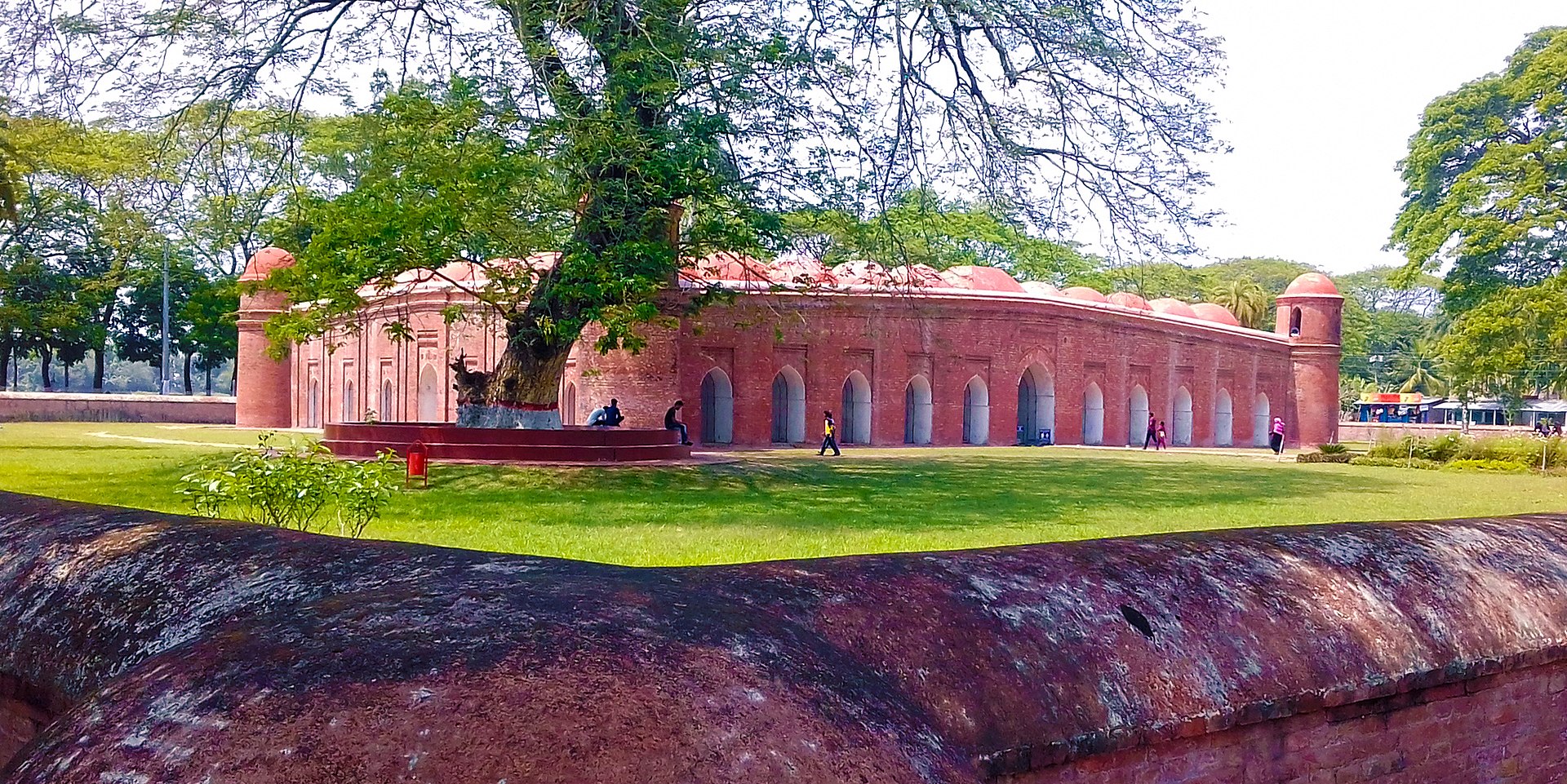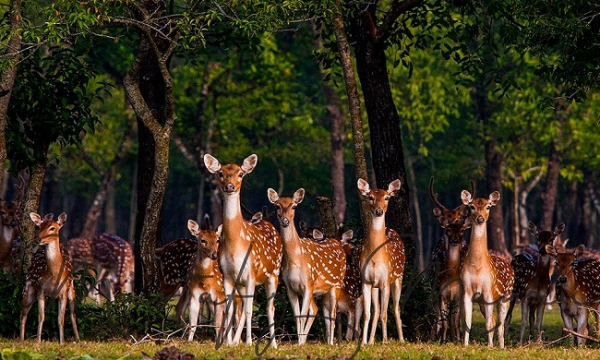UNESCO World Heritage Sites In Bangladesh

UNESCO declares places as World Heritage Sites based on their outstanding natural and cultural characteristics, and Bangladesh is no exception. Up until 2009, approximately 890 well-known locations were designated as UNESCO World Heritage Sites due to their uniqueness.
Three spots of Bangladesh have been declared world heritage sites till 2009. These are:
Paharpur Buddhist Monastery of Noagaon,
Bagerhat Mosque City and
the Sundarbans.
The first two locations are designated as Cultural Heritage Sites, while the Sundarbans being a Natural Heritage Site, is home to the world's largest mangrove forest.
1. Paharpur Buddhist Monastery of Naogaon:

In 1985, the Paharpur Buddhist Monastery, commonly known as the Somapura Mahavihara, was designated as a UNESCO World Heritage Site. In 1807-12, Buchanan Hamilton discovered this archaeological site.
In 1879, eminent archaeologist Alexander Cunningham visited the site and recognized it as a Hindu temple. In 1923, the archaeological survey of India, the Varendra Research Society, and the University of Calcutta collaborated to begin excavations on the site.
This archaeological site was excavated in numerous phases throughout the Pakistan era, as well as during the post-liberation era in sovereign Bangladesh. Here, the ruins of a massive Buddhist monastery measuring 274.15 meters by 273.70 meters were uncovered.
Read More: Establishing university at historical Paharpur demanded
2. Bagerhat Mosque City:

Bagerhat-Khalifatabad in Bagerhat district, north of the Sundarbans, is home to a medieval mosque city known for its diverse ancient edifices.
The Shatgumbad Mosque, the Bibi Begni Mosque, the Chuna Khola Mosque, the Zindapeer Mosque, the nine-domed Mosque, the Rejakhoda Mosque, the Ranabijoypur Mosque, the Shabekdanga Namajghar, the Singra Mosque, Khan Jalan's Residence, and the Tomb Complex are all significant heritage sites with considerable archaeological value.
Read More: Terracotta Mosque, a heritage of Gournadi
3. The Sundarbans:

Bangladesh's only global natural heritage site is the Sundarbans. This is Bangladesh's largest single-block mangrove forest, covering an area of around 5,759 square kilometers. Bangladesh gained 2/3 of the forest as a result of India's partition, while the rest is on the Indian side.
Bangladesh's forest is divided into four administrative ranges. Burigoalini, Khulna, Chandpai, and Sharonkhola are in the Satkhira, Khulna, and Bagerhat districts, respectively. For better management, it is further divided into nine blocks and 55 compartments.
Wildlife sanctuaries have been established on around 32,400 hectares of conserved forest in this area. The Sundarbans are made up of around 200 islands connected by over 400 tidal rivers, creeks, and canals.
Read More: Sundarbans tourism: Govt focuses on automation to improve services
If you liked this article, then please subscribe to Bangladesh Post YouTube channel for latest news. You can also find us on Twitter and Facebook.




